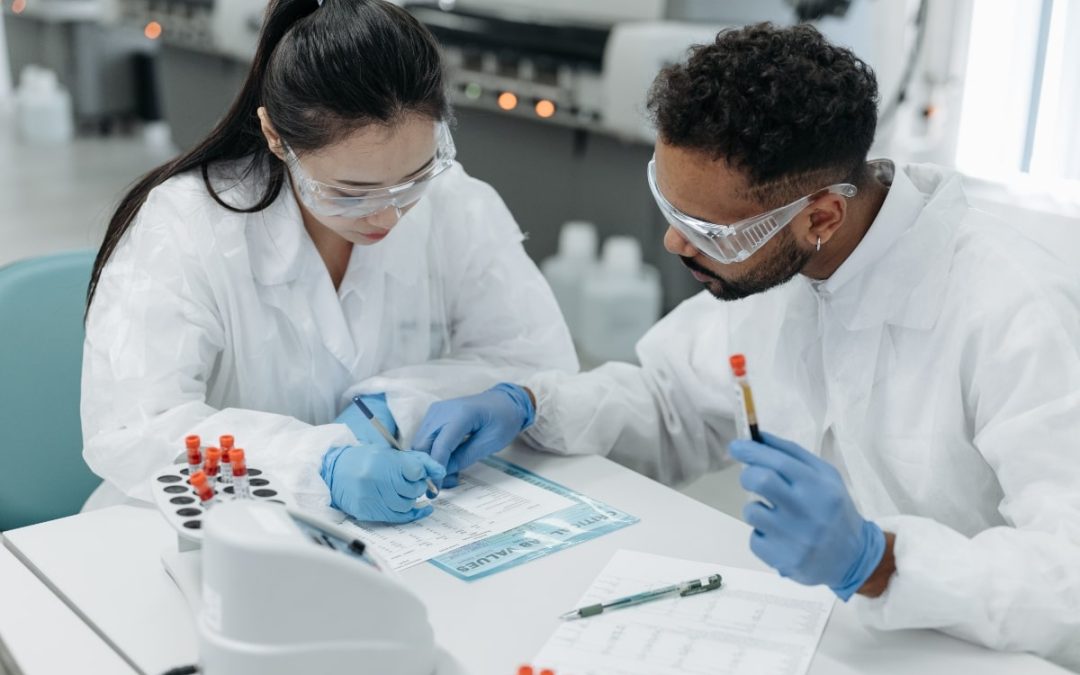1. Title: should be unique or new or unavailable (search on Google or PubMed to check it)
2. Abstracts (<250 words): i) Briefly explain the key words, ii) hypothesis (for research article only), iii) key methods (for research article only), iv) key results (for research article only), and v) importance or /and conclusion
3. Key words (3-5): Should be determined based on title and main contents/summary of article.
4. Background/introduction: Explain key words step by steps> explain connection/relation among key words> importance/conclusion.
5. Methods (for research article only): Write down exact protocols that you have applied in your experiments. Along with the names of any chemical/software, always put their company names and country names. Don’t forget to put any ethical statements related to animal/human experiments. Try to put related reference that you have followed.
6. Results (for research article only): Explain your key findings under each subtitle. Don’t put your methods too much for explaining results.
7. Discussion (for research article only): Highlight your key findings in first paragraph. Discuss your each sub title of results with logic and references. Don’t just repeat your results. Don’t forget to put limitation of the study.
8. Review article’s subtitles: Discuss each key word under different subtitles. Under subtitles first, explain general things in different models. Then, explain specific matters> why does it happen?/causes>what effects after absence or presence of any drug/gene/proteins. Suggest your opinion based on findings and try to connect it with your study goal.
9. Future prospects and limitations (For Review article only)
10. Conclusion: Write summary of key findings, direction ,and importance of the study
11. Conflicts of interest: Please mention if there is any. Otherwise just write, “No conflicts of interests exist”.
12. Acknowledgements: Grant number of the projects. You may also acknowledge some persons who helped you during study.
13. Author’s contribution (example): M.J.U. and H.H. were involved in conception and design of the experiments/project. M.J.U. and E.S.P. contributed to perform the experiments. M.J.U. analyzed data. M.J.U. contributed to drafting the article or revising it. M.J.U. and H.H. provided intellectual content of critical importance to the work described. H.H. made the final approval of the version to be published.
14. References: Reference should be used immediately after text writing completed otherwise there is a chance to forget it. It should be prepared using some referencing tools like Mendeley or Endnote. As long as Mendeley is freely available, we recommend you to use Mendeley (Please download, see video and use). Finally, if once you have fixed the journal where you are going to submit your articles, you should format the references according to journal using Mendeley. Of course, you should check all reference manually in order to avoid mistakes done by Mendeley itself.
15. Figures/tables: All figures should be prepared in power point / illustrator file (300dpi). For preparing graph/figure, GraphPad prism could be used. All article types should contain a schematic diagram of abstract/summary as final figure. Tables should contain table legends and format according to journal’s instruction.
For review article, we highly recommend to use well summarized figures or tables under each subtitle which will represent/support your text. In addition, to support / strengthen your review/research findings, you may use some experimental data or you may prepare data using bioinformatics tools.
16. Figure legends: All figures should have self-explanatory figure legends so that people may easily understand the figures. But don’t put your protocol as copy and paste.
Written by
Md Jamal Uddin, PhD
CEO, ABEx Bio-Research Center

